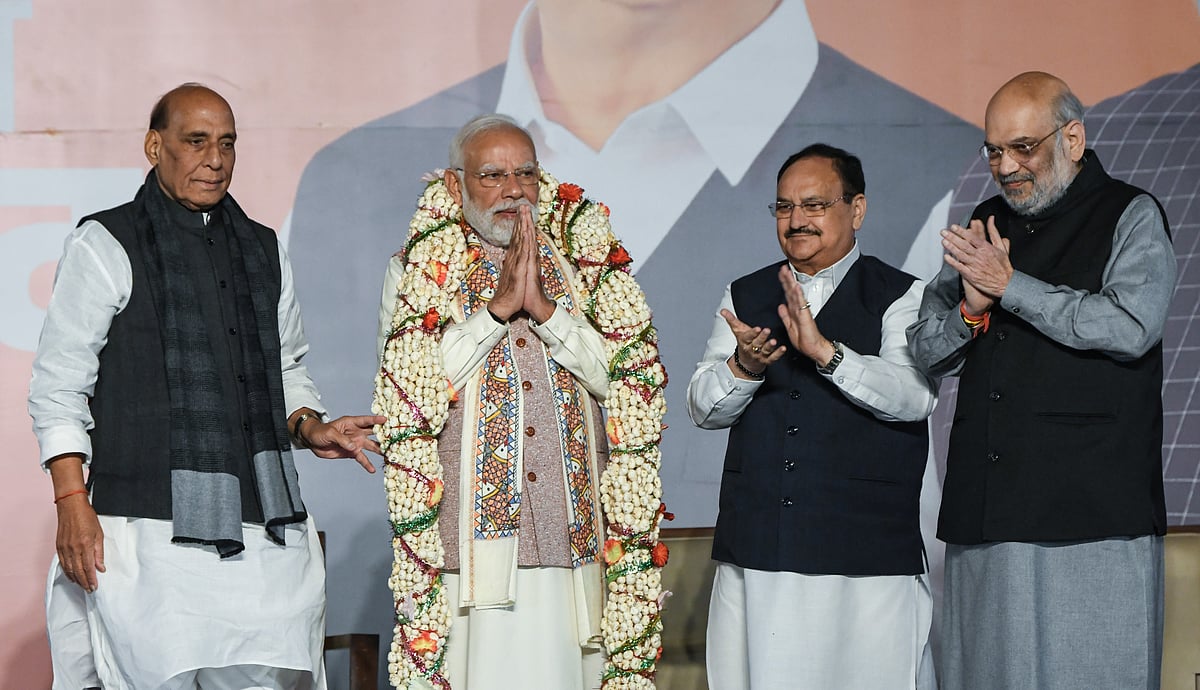The Central Banking Digital Currency (CBDC), or e-Rupee as we know it in India, is a digital form of currency issued by the Central Bank. While India is still testing the waters, the intent of the virtual currency depends entirely on the underlying architecture of it. CBDC, like physical currency, will provide a measure used in determining the cost of products and services. The Central Bank of each country will have three approaches to determine the secure store of value of the CBDC — Constant Nominal Value; Stable Real Value; Interest-bearing CBDC.
A constant nominal value, similar to that of paper currency, might be assigned to funds held in CBDC accounts. In practice, the CBDC accounts that are held by the general people would be handled in a manner that is distinct from the reserves that are kept at the central bank by commercial banks.
By indexing the money in CBDC accounts to the historical fluctuations in the overall price level, the Stable Real Value option allows the real worth of the funds in CBDC accounts to be maintained.
The CBDC deposit holders could receive interest payments from the central bank. In fact, the same nominal interest rate would then be applied to all of the funds held at the Central Bank, similar to a reverse repo facility. Over the years, we expect the central bank to adopt Interest-bearing CBDC which leaves them with more tools to manage the monetary policy beyond quantitative easing.
Interest-bearing CBDC leaves the central bank to alter the consumption pattern by functioning similar to the stored-value card from Starbucks, the operational paradigm of which is outlined below.
The Starbucks Cards programme is a branded stored-value card meant to give consumers with a convenient payment mechanism, allow encashing the value through gift cards, and improve the frequency of shop visits by cardholders. This is accomplished through the linked Starbucks Rewards loyalty programme, which is offered in majority of its outlets. When a customer first loads a stored-value card with money from their account, the customer receives the card through mail. These cards have had a staggering amount of value loaded, amounting to around USD 3 billion between October and December 2022. If Starbucks were considered a bank, it would rank as the 385th largest bank in the United States. Even before customers make a purchase, Starbucks effectively uses these funds upfront as revenue. Although some funds may never be used, Starbucks still benefits from the capital held in its stored-value card programs. This substantial sum not only bolsters Starbucks’ revenue but also provides valuable customer data through the proprietary ecosystem created by the mobile app.
This allowed Howard Schultz, and now Laxman Narasimhan, to leverage the funds received in their pool even before the actual purchase is done by a customer. Such deposits are fancy for a coffee shop but for the banking industry, this is the bread and butter. The central banks do accept deposits from the commercial banks, and only commercial banks. The CBDC may now deemed-accept deposits from the general public and convert the existing cash in circulation of about USD 42 billion to a free-use fund, all at the play of the central bank.
The move however enables the central bank to add one more monetary policy tool to its kitty beyond just quantitative easing and open-market operations, and thus be able to efficiently lead the monetary policy transmission in the country. There has been some improvement in India’s monetary policy transmission, but still remains weak. The monetary policy committee have raised the interest rates by 250 bps since the end of the pandemic, the weighted average deposit rates however have increased by a mere 125 bps.
What central banks can and cannot do is now not really a product or an infrastructure issue, but rather a policy issue.
Harsh Thakrar is Assistant Professor – Finance, ASMSOC NMIMS University









